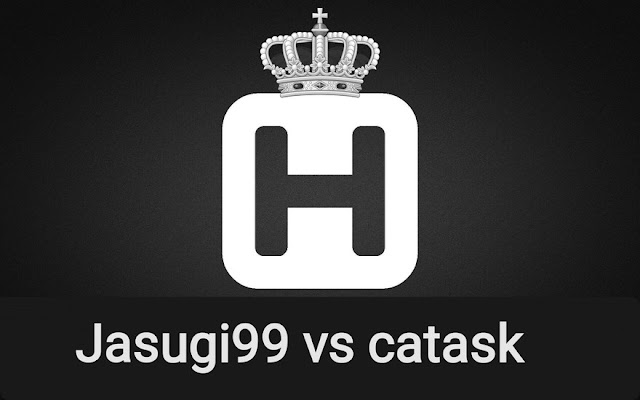Crazyhouse is fast-paced, so it needs strong tactics as well as good awareness of positional weaknesses. Unlike regular chess, draws are rare because pieces keep being reintroduced to the board. Check out Crosky’s crazyhouse overview.
Here are some tips to improve:
• As GM Yasser Seirawan would say, first and foremost is king safety. This does not necessarily imply castling – you can also drop pieces around your king to guard it from serious threats.
• Develop your pieces in the opening and control key squares, especially around your king.
• Beware of holes in your position. A hole can be an opening for an opponent piece which can then support another and another. If pieces do enter, chase them away. As helmsknight would say, “get out of my house!”.
• Beware of piece sacs, for example on f2/f7 or g2/g7, especially if the opponent has pieces to follow up the attack. For more on this, see the tactical motifs videos of Nikolas Theiss: #1 and #3.
• Crazyhouse is a very attacking game and almost every move should have attacking purpose. Often the best defence is counter-attack! As Vempele says, if you are worried about @h3, maybe play @h6. You can sometimes defend by creating an attack which is faster and cannot be ignored.
• Initiative is more important than material. If a player has initiative they can drop their pieces in hand with check or with threats and dominate the board. It’s important to cash in on this dominance because if the initiative runs out, the opponent can take back the initiative with their pocket full of pieces in hand to take back control.
• As for material, because pawns can drop anywhere on the board including the seventh rank, they are more valuable than in regular chess, so minor pieces are worth about 2 pawns. Because the queen can be hit with tempo by minors, it is worth less, so a queen is worth about 2 minors.
• Knights are wonderful attackers because their threats can’t be blocked and bishops are good defenders.
• Bishops control channels of a single colour so they can combine defence with attack. For example Ba5+ can cover c7, or Bxa8 continues to defend g2. • Pawns and bishops are known as diagonals because they penetrate an opponent position along diagonals of a single colour. If all your pawns are on light squares, you must take care to defend dark square weaknesses, perhaps with bishops on dark squares and knights on light squares. For more on the importance of colour complexes, check out mastertan’s visual guide to colour complexes.
• Unlike chess, doubled pawns are less of a weakness because pawn structures can be fixed with pawns in hand, and can even be a strength because a doubled pawn controls squares of both colours.
• Crazyhouse is still chess, so common chess tactics still apply:
—not hanging pieces,
—not blocking in your own pieces,
—trapping opponent pieces,
—discovered checks,
—forks, and
—pins.
Because pieces can land anywhere on the board, one must be even more alert. For example a queen on g3 might fall to Ne2+ if the king is on g1!
• Become familiar with common mating patterns. The classic example of this is the smothered mate: N@h6+ Kh8 R@g8+ RxR Nxf7++ See the motif video #2 by Nikolas Theiss.
For more examples of mating patterns, check out forthcoming blogs on this website. For advanced puzzle training, check out the Chess Variants Puzzle Trainer.
—okei (with MMichael & theLazyMD)




This is wonderful! Thank you.
ReplyDelete